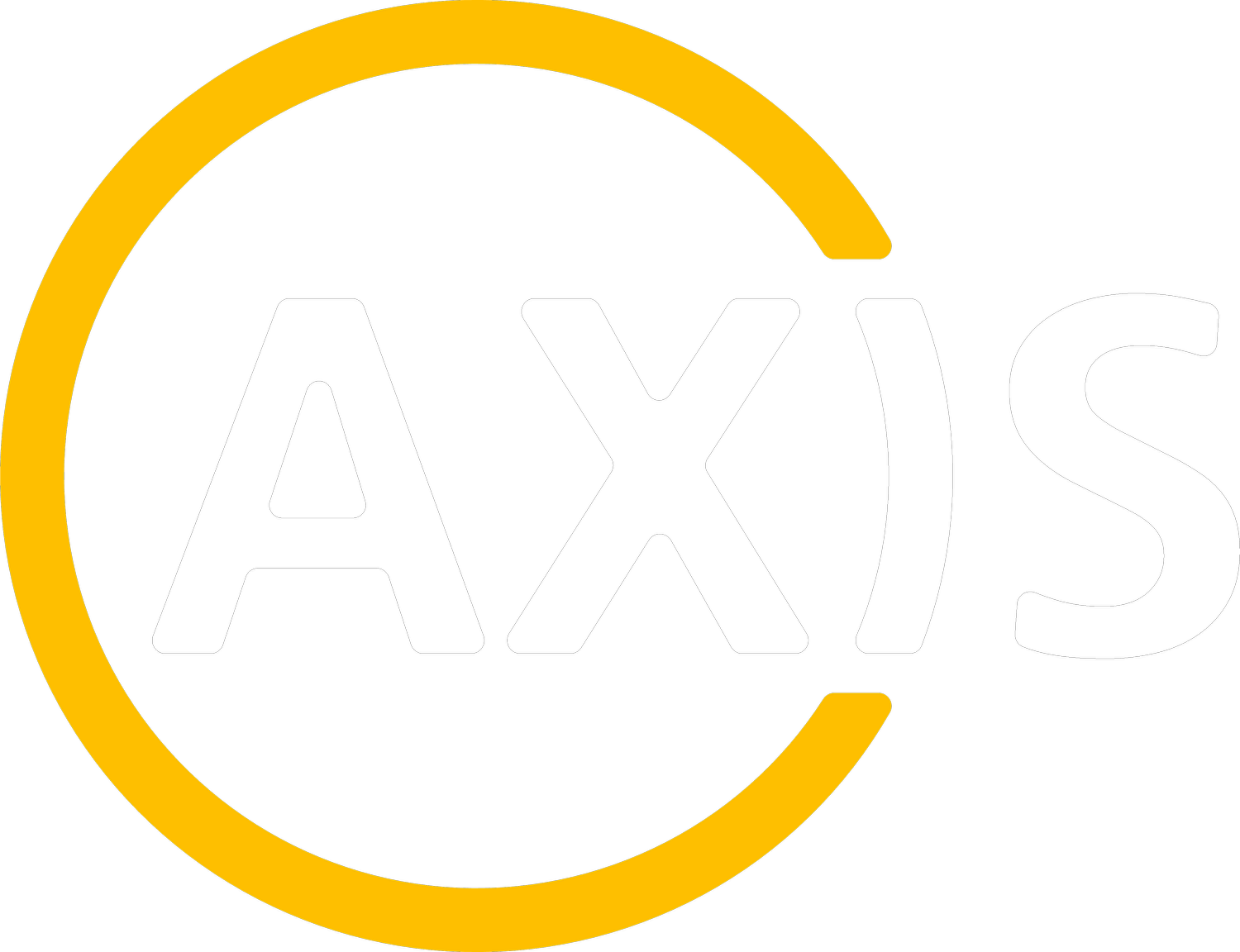The ROI of Investing in Virtual Safety Demonstrations
The ROI of Investing in Virtual Safety Demonstrations
In the oil, gas, and energy industries, safety is not just a compliance requirement—it’s a business imperative. Equipment failure, human error, and hazardous working conditions can lead to costly downtime, serious injuries, or worse. As operational complexity increases, so does the need for effective, proactive safety training.
Traditionally, safety demonstrations have relied on classroom instruction, on-site walkthroughs, or outdated video content. But with today’s technological advancements, energy companies now have access to more immersive, scalable, and cost-effective solutions: virtual safety demonstrations.
These digital tools not only enhance learning outcomes but deliver measurable return on investment (ROI) by reducing operational risks, preventing incidents, and minimizing downtime.
The High Cost of Safety Failures
Before looking at the benefits, it’s important to understand the risks energy companies face when safety training is insufficient:
Workplace accidents can lead to serious injury or fatality, triggering regulatory fines, lawsuits, and increased insurance premiums.
Equipment damage due to operator error can result in shutdowns or expensive repairs.
Downtime caused by incidents or retraining slows production, affects profitability, and damages reputation.
Non-compliance with safety regulations can lead to failed audits, penalties, and project delays.
Each of these outcomes carries a steep financial and operational cost. Investing in proactive training tools like virtual safety demonstrations is a strategic way to prevent them.
What Are Virtual Safety Demonstrations?
Virtual safety demonstrations use interactive digital environments—often delivered through 3D models, simulations, or virtual reality (VR)—to replicate real-world scenarios in a controlled, risk-free setting. These tools can simulate tasks such as:
Emergency response procedures
Equipment shutdown/start-up protocols
Working in confined spaces or at height
Fire prevention and evacuation drills
Chemical handling and PPE usage
Instead of passive learning, employees actively engage with the content, making decisions, solving problems, and experiencing consequences in real time. This leads to stronger knowledge retention and improved behavior in the field.
1. Minimizing Downtime Through Faster, More Effective Training
Traditional safety training often involves taking workers off the job site, scheduling in-person sessions, and coordinating trainers—leading to lost productivity and higher costs.
Training can be completed asynchronously, allowing employees to learn at their own pace and reducing the need for travel or equipment downtime. New hires can be onboarded faster, and refresher courses can be completed without interrupting operations.
Result: Less time off the floor means more time contributing to production, ultimately improving operational efficiency.
2. Reducing Incidents by Improving Safety Awareness and Decision-Making
One of the greatest strengths of virtual safety demonstrations is their ability to simulate high-risk scenarios. This type of experiential learning helps workers understand the consequences of their actions without putting themselves—or others—at risk.
Simulations allow trainees to practice emergency shutdowns, navigate hazardous environments, and react to unexpected complications. Mistakes made in a virtual setting become learning moments rather than safety failures.
Result: Fewer accidents, better hazard recognition, and a more safety-conscious workforce—leading to lower injury rates and associated costs.
3. Lowering Training Costs While Scaling Across Teams
Large energy companies often operate in multiple locations and across time zones. Traditional safety training is difficult to scale without sacrificing quality or consistency.
Digital demonstrations can be deployed globally with minimal effort. Whether workers are in offshore rigs, refineries, or field operations, everyone receives the same high-quality training experience.
Once developed, virtual training modules can be reused indefinitely—eliminating ongoing expenses for travel, instructors, printed materials, and venue costs.
Bonus ROI: Less variability in training outcomes reduces risk exposure across the board.
4. Improving Compliance and Audit Readiness
Regulators expect documentation, consistency, and accountability when it comes to safety training. Falling short in any of these areas can lead to non-compliance penalties or project delays.
Most virtual training platforms include built-in tracking and assessment features. They can log participation, quiz scores, completion dates, and certification records in real-time.
Result: Companies have clear, auditable proof of compliance and can quickly respond to inquiries or inspections.
5. Boosting Employee Engagement and Retention
Let’s not forget the people factor. Boring, outdated safety briefings disengage employees—and disengaged workers are more likely to make mistakes or leave the organization.
Interactive and gamified experiences make training more enjoyable and memorable. Employees are more likely to complete required training on time and apply what they've learned on the job.
Long-term ROI: Engaged workers are safer, more productive, and more loyal, reducing turnover costs and improving team stability.
Virtual Safety Pays Off
In an industry where the margin for error is razor thin, investing in virtual safety demonstrations is not just a training decision—it’s a strategic business move. The ROI is clear:
Reduced downtime
Fewer incidents and injuries
Scalable, cost-efficient training
Stronger compliance posture
A safer, more engaged workforce
As energy companies navigate a future shaped by innovation and regulation, those who embrace virtual training will be better equipped to protect their people, their operations, and their bottom line.
Whether you’re looking to upgrade your current program or launch a new initiative, we can help you maximize impact and ROI.

